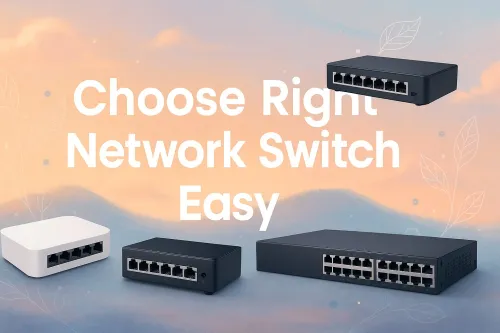
Pick Switch Made Simple
🚀 Need help choosing the best network switch? Discover easy strategies to match your needs with the perfect setup.
Curious about switch response time and how it impacts your game? We put the most popular mechanical and optical switches to the test to find the true speed champions. Discover which switches offer the lowest latency and if an upgrade can give you a competitive edge. ⚡️ See the data-backed results inside! 🏆

You���ve been there. Round nine on Inferno, you peek mid, and you know you fired first. But the kill-cam tells a different story. You’re dead. While it’s easy to blame lag or just a bad day, what if the culprit is hiding in plain sight? Your keyboard. The hidden delay, or switch response time, can be the millisecond difference between a glorious clutch and a frustrating defeat. Let's dive into the tech that separates the pros from the pack.
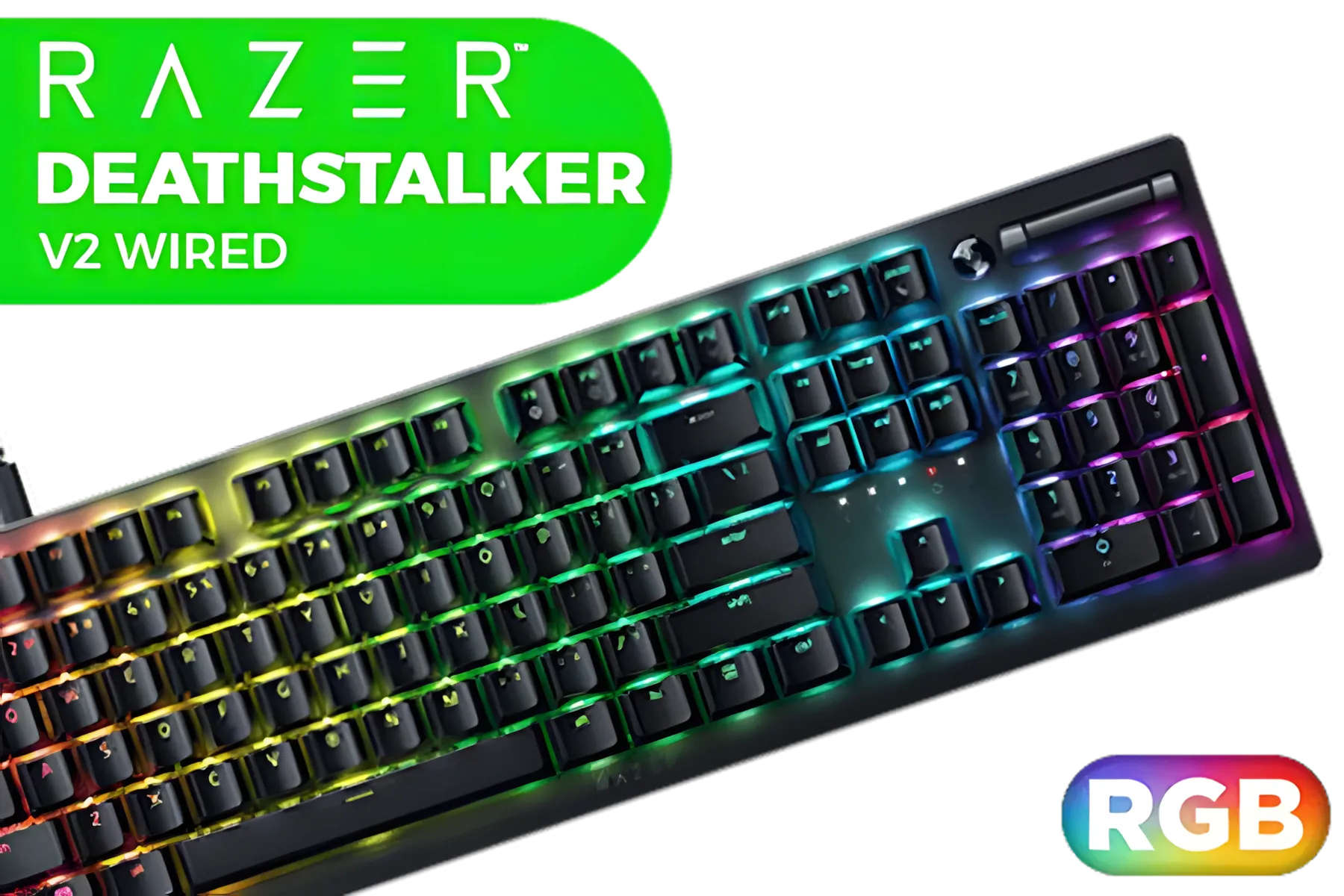





So, what exactly is switch response time? It’s not just one thing, but a combination of factors that determine how quickly your keypress turns into an in-game action. Think of it as the total travel time for your command. For gamers, lower is always better.
The three core components are:
Optimising these factors is the key to achieving the fastest possible input. It’s why not all gaming keyboards are created equal.
When it comes to raw speed, a clear hierarchy has emerged. If you’re serious about competitive gaming, understanding the difference is crucial. Here’s our ranking based on the lowest potential latency.






Optical switches are the current champions of speed. Instead of a metal contact, they use a beam of light. When you press the key, it breaks the beam, sending a signal almost instantaneously. This design completely eliminates the need for a debounce delay, making their response time incredibly low. If you're looking for the absolute cutting edge, investing in a keyboard with optical keyboard switches is the way to go.
Before optical switches became mainstream, "Speed" switches were the top choice for esports pros. These are mechanical linear switches (like Cherry MX Speed Silvers) with a very high actuation point—often around 1.2mm compared to the standard 2.0mm. This means you don't have to press the key as far down to get a response, making them feel incredibly snappy for rapid-fire actions.
Your trusty Red and Black switches are the workhorses of the gaming world. They offer a smooth, consistent press with no tactile bump, which is great for speed. While their standard 2.0mm actuation point and debounce delay make them technically slower than optical or Speed variants, they still provide a fantastic, low-latency experience. You'll find these reliable switches in many excellent keyboard and mouse combos perfect for getting started.
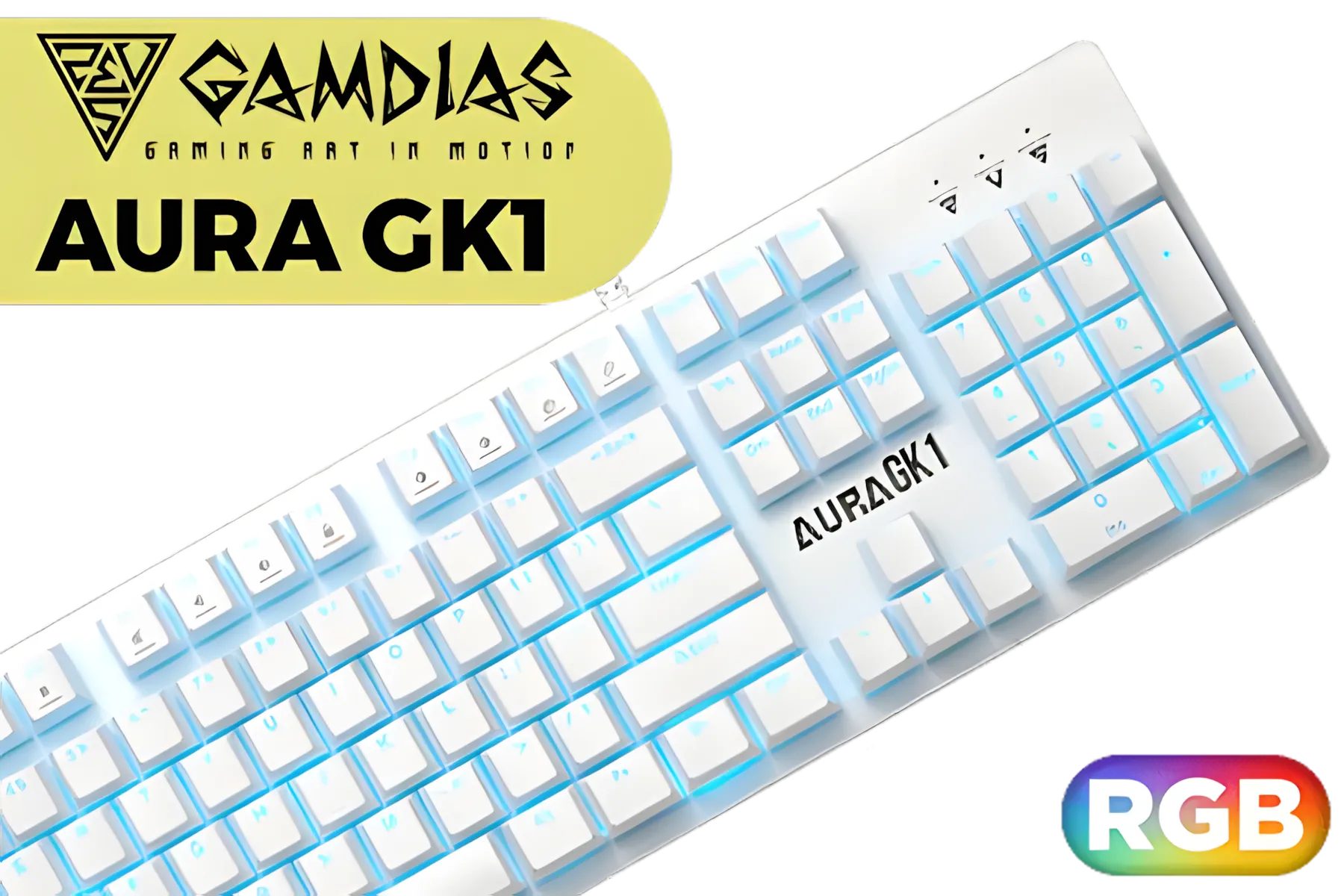



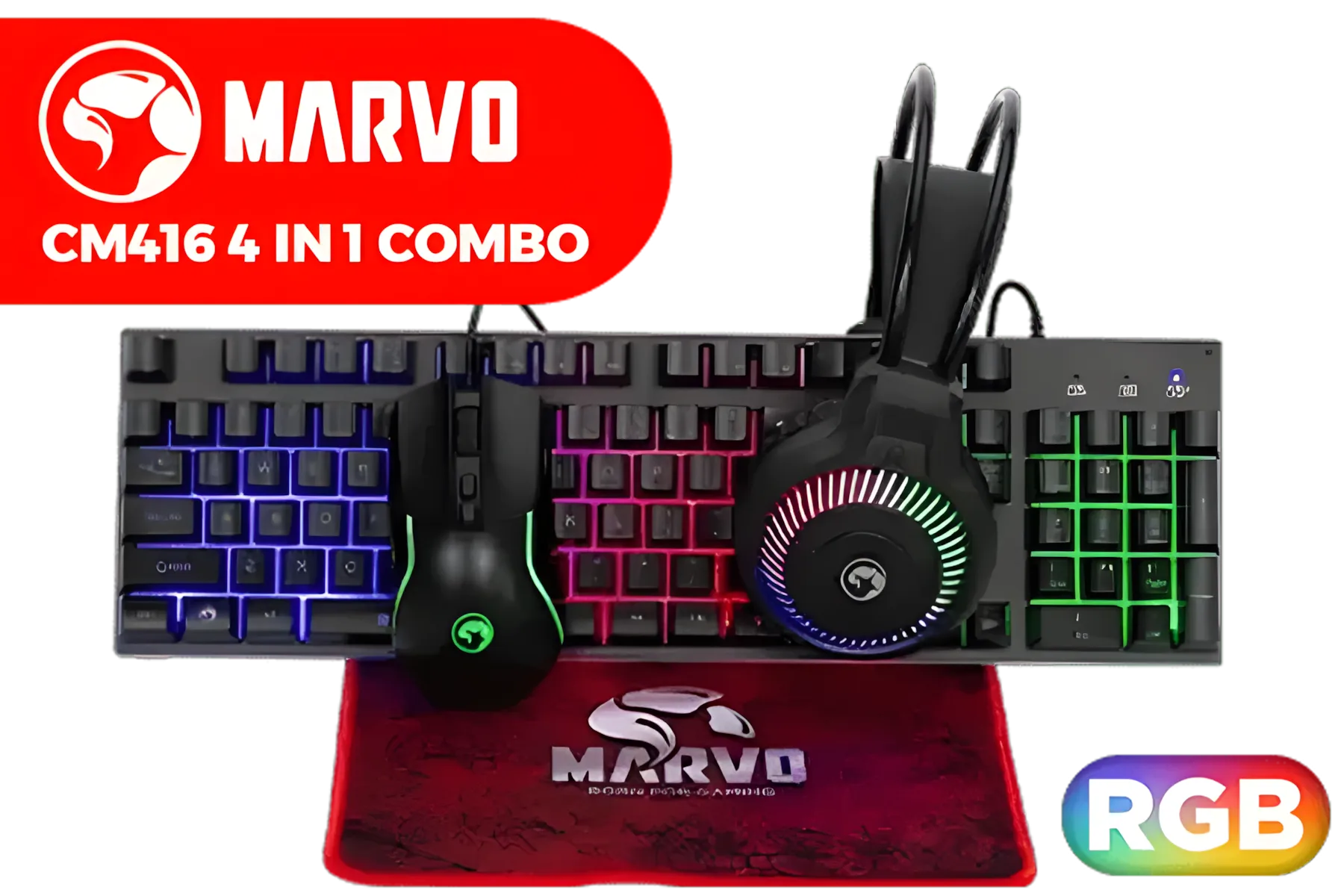

For the average person typing an email, the difference is negligible. But in a competitive environment? Absolutely. A 4-5ms advantage might not sound like much, but in a game where the average human reaction time is 200-250ms, it can give you a noticeable edge. It’s the difference between trading kills and winning the duel outright.
Think of it this way: you spend thousands on a powerful GPU for more frames per second... why wouldn't you want your primary input device to be just as fast? ✨ The pursuit of performance extends beyond your PC's case; it includes the peripherals you interact with every moment. Customising your setup with high-performance keyboard keycaps can also enhance the feel and responsiveness of your board.
Many modern optical and Hall Effect keyboards allow you to customise the actuation point via software. You can set it incredibly high (e.g., 0.2mm) for instant reactions in FPS games, or lower it for typing to avoid accidental presses. It's like having multiple keyboards in one!
While the switch is the star player, a few other things contribute to overall keyboard performance.


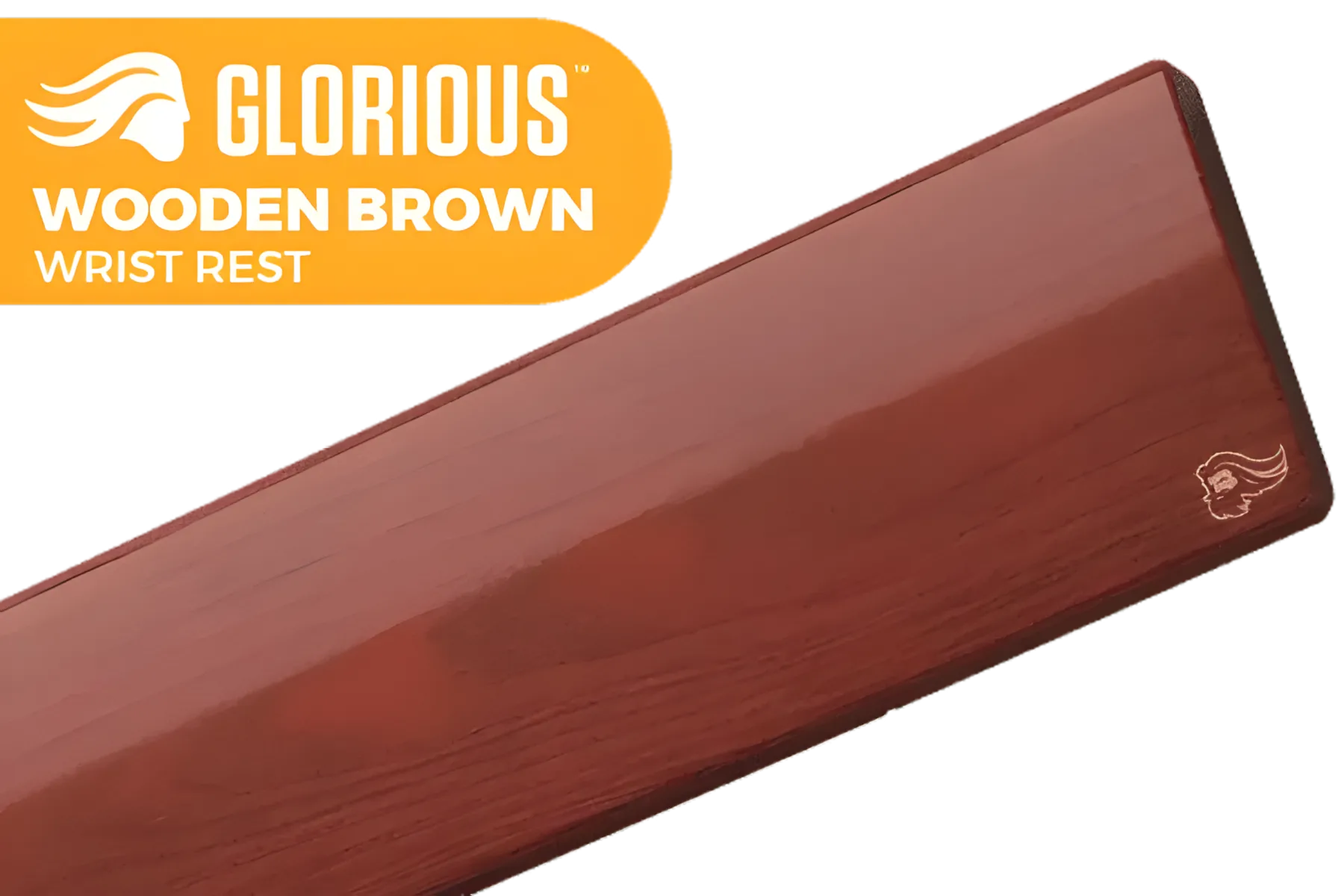



The good news is that technology has advanced so much that even many of the cheapest gaming keyboards in South Africa now offer features that were considered premium just a few years ago.
Ready to Feel the Difference? A fast switch response time isn't just a spec... it's a competitive edge. Stop letting hardware hold you back. Explore our massive range of gaming keyboards and find the perfect board to elevate your game.
For competitive gaming, a response time under 2ms is excellent. Many modern optical and speed switches achieve 1ms or less, providing near-instantaneous input registration.
Yes, optical switches are generally faster. They use light for actuation, which eliminates the physical debounce delay found in mechanical switches, resulting in lower latency.
Absolutely. A shorter actuation point, like 1.0mm on speed switches, means the keypress registers with less travel distance, giving you a tangible speed advantage in-game.
The Cherry MX Speed Silver is the fastest in their traditional lineup. It features a high 1.2mm actuation point and a light 45g force, designed specifically for rapid inputs.
While most casual players may not notice a 1ms difference, elite and pro gamers often can. The cumulative effect of lower latency leads to a more responsive and connected feel.
Switch latency is tested using specialized equipment like high-speed cameras and oscilloscopes to measure the exact time from the key press to the signal being sent to the PC.